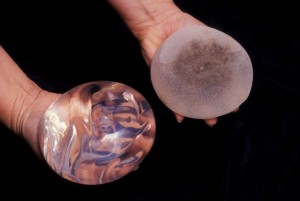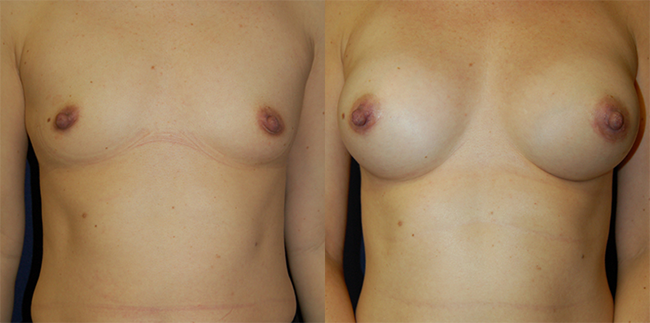Over the last few decades, saline implants have gone from being the implant of choice to semi-retirement in the wake of silicone gel-filled innovation. Following a lengthy FDA approval period that kept silicone implants out of the US market for over a decade, the implants are here and providing fantastic results. Dr. Stephan Finical of Charlotte Plastic Surgery describes why silicone implants and their various forms have drastically improved breast augmentation, giving patients even better results.
By: Stephan J. Finical, MD
and Chris Knisley
ThePlasticSurgeryChannel.com


Gel implants have passed the test. “For 15 years, gel implants were not allowed to be used in the United States because of the moratorium,” explains Dr. Finical. “But since they’ve been back on the market, we’ve used them almost exclusively.”
Since 1994, the research on silicone has come pouring in. The science of gel-filled implants is substantial, allowing for the most technologically advanced device yet. This isn’t your mother’s implant. In fact, many women with saline implants have already made the switch.
“Ladies that have had saline implants and switched to gel… the common thing they’ll tell me is that with the saline implant they always knew they had an implant,” says Finical. “With the gel implant, they forget they have an implant – it’s that natural.”
The Foundation for Improvement
Finical sees patients that already have implants and those that don’t. In either case, he begins his assessment with the patient’s foundation. His measurements provide the basis of his procedural recommendations. Meaning he takes precise measurements of the chest and looks carefully at the amount of stretch or looseness in the breasts and those numbers help determine the size, projection and shape of the implant.

In patients already fitted with implants, the first concern is are those still working with the patient’s unique shape. How far off from a natural look are we? Does the size and shape of the implant fit with the patient’s body? Has the patient’s expectations changed since the initial procedure? Many moms find the implant they got in their twenties is no longer working for them, especially after breast feeding and weight fluctuations.
New patients wanting implants are treated with the same level of consideration. They can expect comprehensive measurements, empathetic consultation, and 3D imaging, to get the best outcome possible.